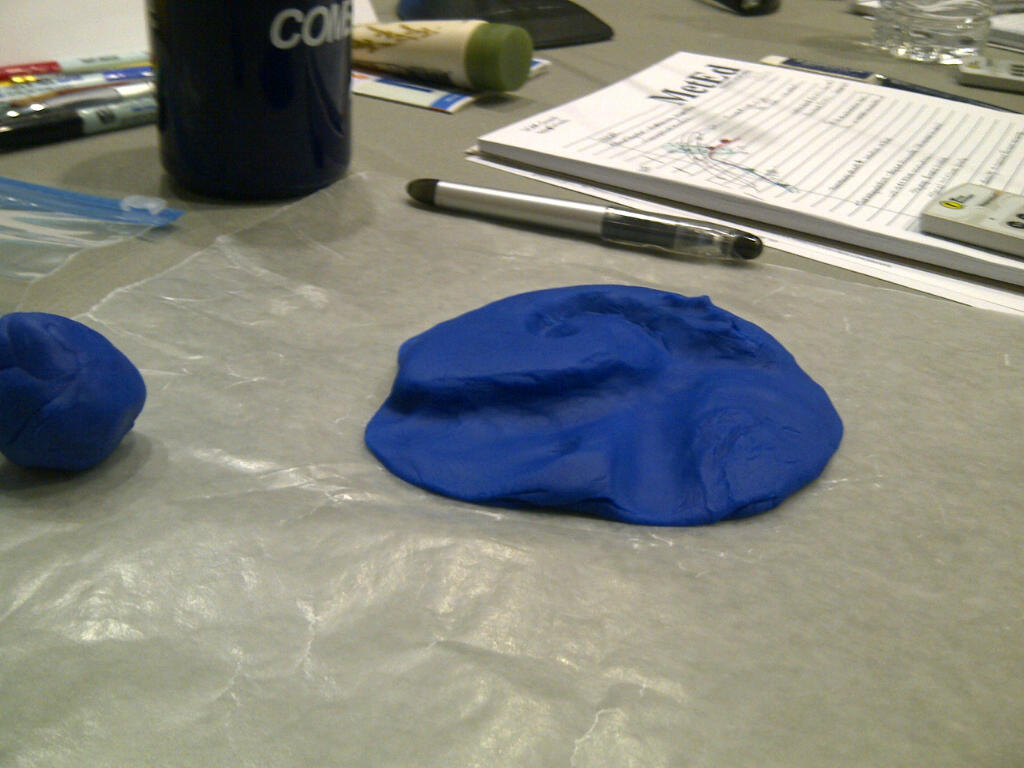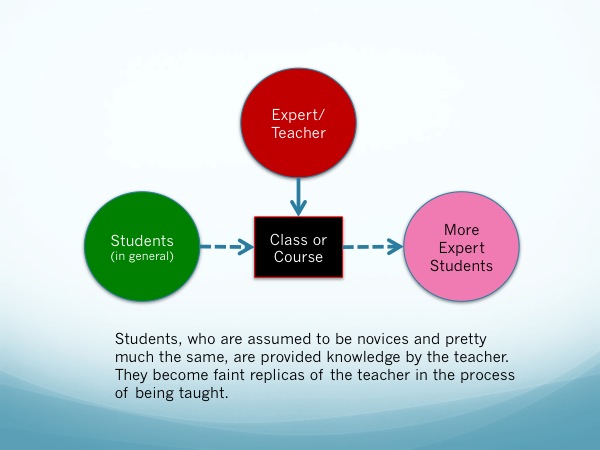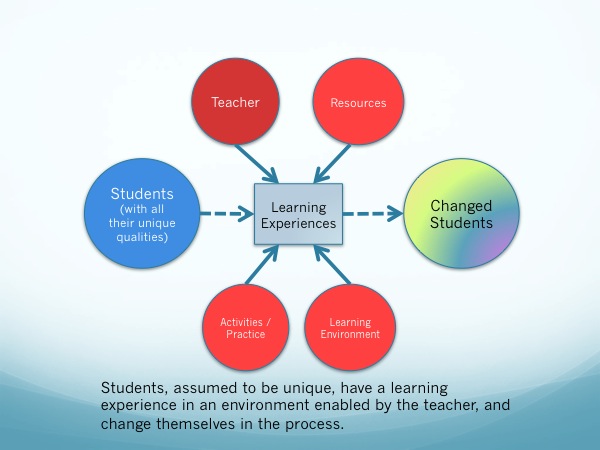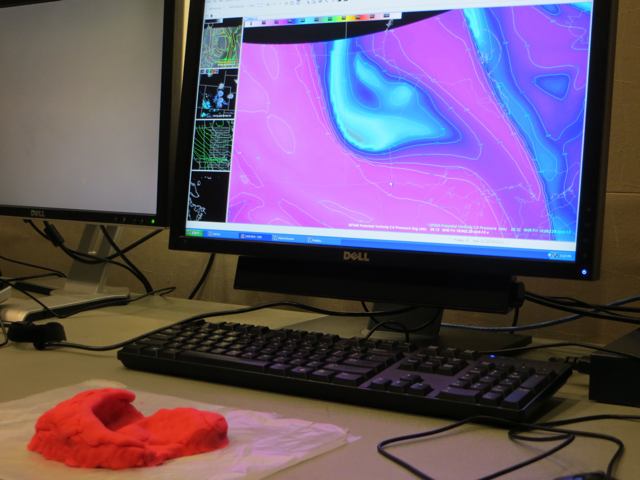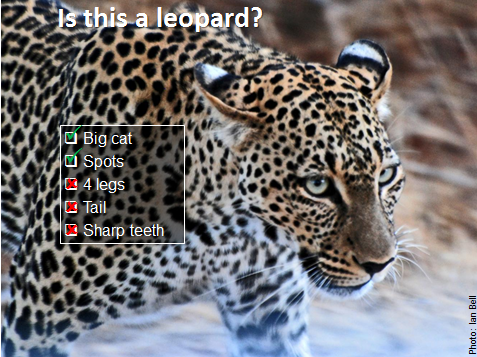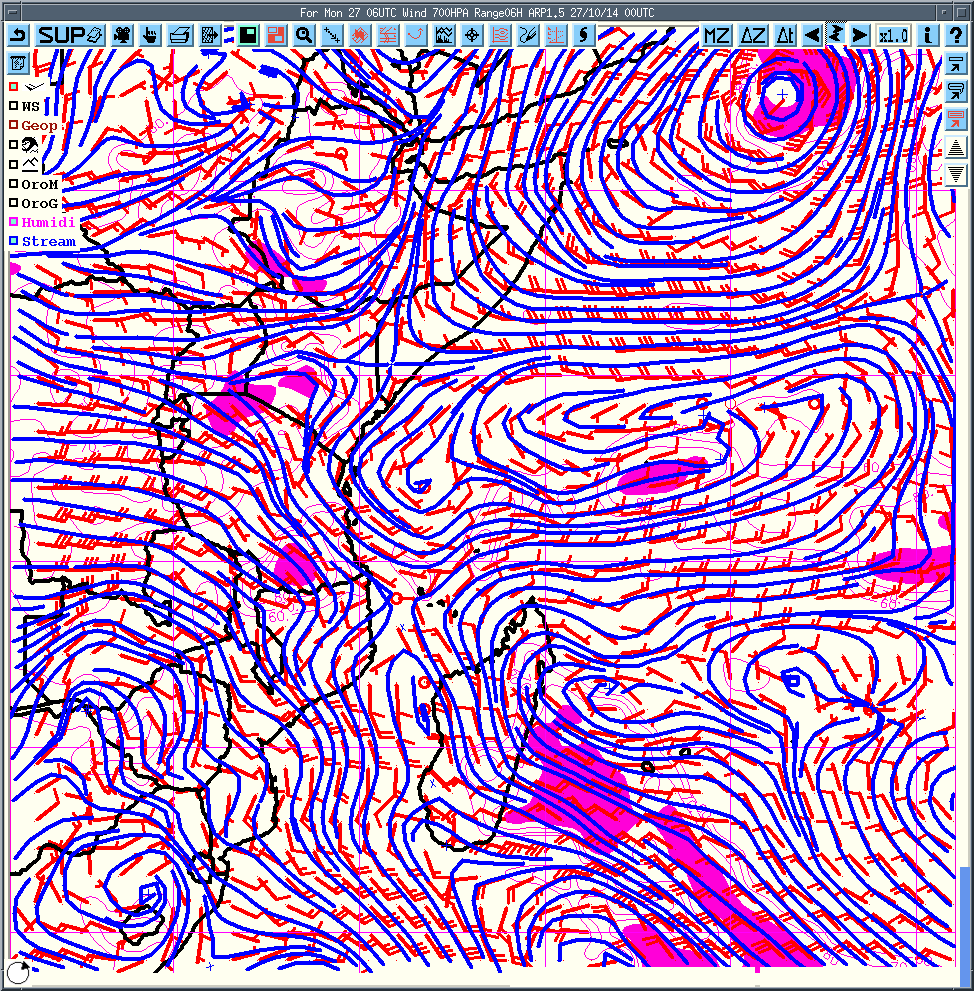Hello fellow CALMet-ers!
It has been great to see the level of interest and participation in this offering of CALMet Online. We're kicking off the 5th session, Teaching with Conceptual Models, today and we hope that some of you will find this session of interest as well. We'll be exploring how mental models, or conceptual models, help us better understand physical processes.
Inspiration for this session came via efforts by two instructional designers here at COMET, Bryan Guarente and Tsvet Ross-Lazarov. They've been teaching an annual 2-week winter weather workshop that is heavily focused on analysis and diagnosis for severe winter weather events. The course has evolved over the past couple of years to heavily focus on enhancing the complex conceptual model that experienced forecasters have of atmospheric processes. I hope that Tsvet and Bryan will have an opportunity to share their insights (the winter weather course is currently underway so they may be busy!). One of the introductory videos is from Bryan so you'll get some of his insights there.
Please come and join us. We're looking forward to hearing and learning from you.
Bruce and Marianne
Link: Teaching with Conceptual Models
The attached image is from an exercise that Bryan and Tsvet do in their winter weather course. This is a Playdoe (clay) model made by one of the participants. Watch Bryan's video to learn more about its significance!

